Policy Brief: Focusing on outcomes for people
An outcomes-based approach will increase access to high-quality justice. This policy brief advises justice sector leaders on 8 general justice outcomes and how to shift the focus from institutions to people when defining and monitoring outcomes. To help demonstrate how additional problem-specific outcomes can be defined, the authors have included an accompanying case study focused on a particularly prevalent and impactful legal problem — intimate partner violence (IPV).
An outcomes-based approach will increase access to high-quality justice. Our latest policy brief advises justice sector leaders on 8 general justice outcomes and how to shift the focus from institutions to people when defining and monitoring outcomes.
Outcomes are a familiar concept in the justice sector, yet they are rarely defined in collaboration with those seeking justice. Instead, the outcomes that are defined and monitored tend to reflect the needs or objectives of legal institutions. These may include efficiency, cost-effectiveness, or outcomes related to public safety goals such as reduced reoffending. This focus on procedural and institutional results, as opposed to the concrete improvements they produce in people’s lives, has created a gap between the supply and the demand for justice.
It is time for new thinking. A core principle of the people-centred justice movement is that justice services resolve the problems that people experience in a fair way and deliver the outcomes they seek. A shift towards outcomes for people can support innovation in the justice system and help close the justice gap in the following ways:
- It can help people who are faced with a legal problem identify what is most important to them and make progress towards their goals.
- It can reveal the extent to which justice services are tailored to the needs of the people they are intended to help – providing practitioners with information about the quality of services they deliver.
- It can make entrepreneurs aware of gaps in existing justice services that represent opportunities for innovation.
- It can demonstrate the effectiveness of new or re-designed justice services and enable ministers of justice to distribute funds on the basis of performance.
- It can enable policymakers to track the impact of people-centred justice reforms and generate the additional investment needed to make SDG 16.3 a reality.
This policy brief explores how people-centred justice outcomes can be identified and operationalised. The authors ask: What general justice outcomes do people seek when faced with a legal problem? Based on insights from academic literature, and building on HiiL’s Justice Needs & Satisfaction (JNS) survey research, the authors propose eight general justice outcomes that can be used to measure and monitor the quality of justice services or processes.
To help demonstrate how additional problem-specific outcomes can be defined, the authors have included an accompanying case study focused on a particularly prevalent and impactful legal problem — intimate partner violence (IPV). The case study identifies 21 outcomes that survivors of IPV consistently seek and describes in detail the myriad justice and support mechanisms that survivors of IPV in Uganda, Nigeria, and the Netherlands used or looked for to achieve them.

